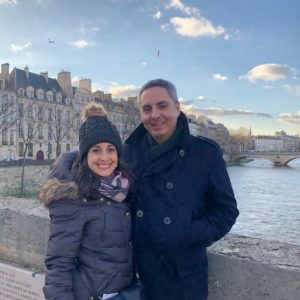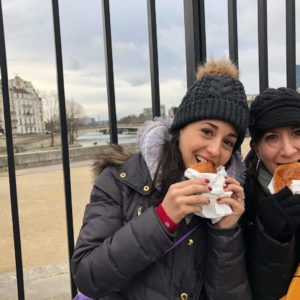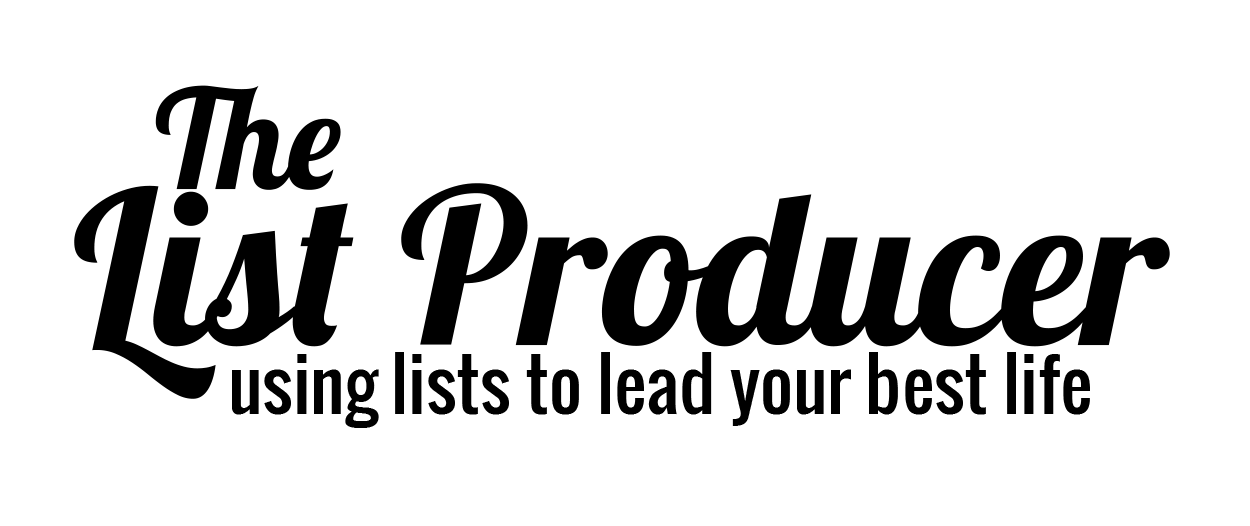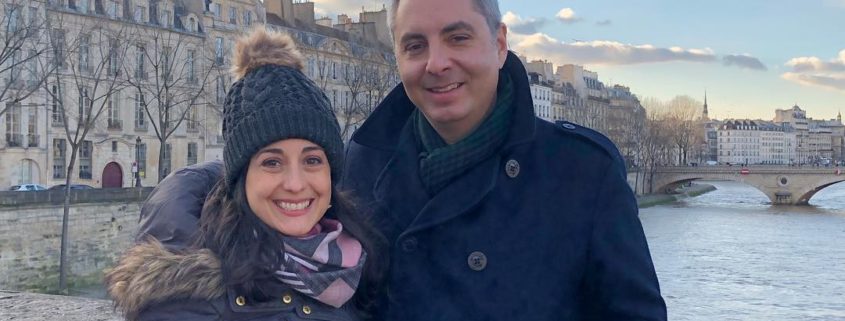Timeshifter App Ends Jet Lag For Optimal Productivity
 My friend Nicole Feldman travels for work a lot. Probably about three times per month at least.
My friend Nicole Feldman travels for work a lot. Probably about three times per month at least.
She travels for fun too though. Jay and I meet up with her and her husband all over the world. We just got back from a trip to Paris to eat macaroons and croissants. Highly recommend 🙂
In fact, she wrote a guest post for me about how to pack for a two-week vacation to Europe in a carry-on bag. She knows her stuff when it comes to traveling. So when she told me she was trying out a new app called Timeshifter to try to mitigate jet lag I was interested.
She first started using it for a marathon trip from San Francisco to Tokyo for work. From there she was headed back to New York city for a wedding. Whoa.
She followed the rules and was able to dance the night away at her friend’s wedding instead of zoning out like a zombie in need of a nap.
 After hearing that, I knew needed to learn more about this app. I tried it out on our recent trip to Paris. Between New York and Paris there is a 6 hour time difference this time of year.
After hearing that, I knew needed to learn more about this app. I tried it out on our recent trip to Paris. Between New York and Paris there is a 6 hour time difference this time of year.
The Timeshifter app allows you to put in all your departure and arrival information and then spits out a plan for you to follow.
It starts a few days before your trip and ends a few days after so you can get acclimated to your new time zones.
It is based on the science of your circadian rhythm. We have a 24-hour circadian clock, also called the suprachiasmatic nucleus (SCN), that helps us manage the regular rhythm of our day. Jet lag is caused when the sleep/wake and light/dark cycle shift too quickly for our circadian clock to keep up.
 Believe it or not, light is the most important time cue for resetting your circadian clock. Managing when you see and avoid light is critical to adapting to new time zones quickly. The right light exposure at the right time can significantly accelerate your adaptation. Seeing light at the wrong time will make your jet lag worse. It’s really all about timing and figuring out the balance based on your sleep pattern, chronotype, and itinerary. Factoring in all these variables the app claims to create the perfect bespoke plan for you.
Believe it or not, light is the most important time cue for resetting your circadian clock. Managing when you see and avoid light is critical to adapting to new time zones quickly. The right light exposure at the right time can significantly accelerate your adaptation. Seeing light at the wrong time will make your jet lag worse. It’s really all about timing and figuring out the balance based on your sleep pattern, chronotype, and itinerary. Factoring in all these variables the app claims to create the perfect bespoke plan for you.
The plan will tell you when to look at bright light and when to avoid it. It will also give you notes on when to drink caffeine and when not to. Plus, it gives you directions for when to nap and sleep along your journey. For those who need it, the app also give pointers on when to use melatonin.
 For instance, on my way back from Paris the app told me to avoid sunlight during travel. So before boarding my flight and well into my fight I wore sunglasses. I looked very fabulous of course, but it wasn’t the most convenient.
For instance, on my way back from Paris the app told me to avoid sunlight during travel. So before boarding my flight and well into my fight I wore sunglasses. I looked very fabulous of course, but it wasn’t the most convenient.
Plus if you’re traveling with other people it can be tough to follow the sleep recommendations depending on what activities you have planned.
But overall I did feel better when I landed in Paris than I usually do. Usually I’m dying to take a nap but this time I felt pretty alert even though it was 6am!
When I returned home I didn’t have the usual dragging feeling I get where I’m falling asleep at 7pm from traveling west.
My friend Terri also tried the app when she was going from New York to Las Vegas for a speaking gig. She had to be her best when she arrived and then when she returned home she had another event.
The app worked for her too. She didn’t need to take a nap immediately after landing as usual.
The app is definitely worth a shot. The first plan is free. Then after that it’s $9.99 per trip or you could do the yearly plan which costs $24.99.
It can sometimes be inconvenient to use but I like the alerts that it gives you and it’s almost like a game to follow the steps.
Hey if it’s good enough for an astronaut – it’s good enough for me! Let me know if you try it out.





Leave a Reply
Want to join the discussion?Feel free to contribute!